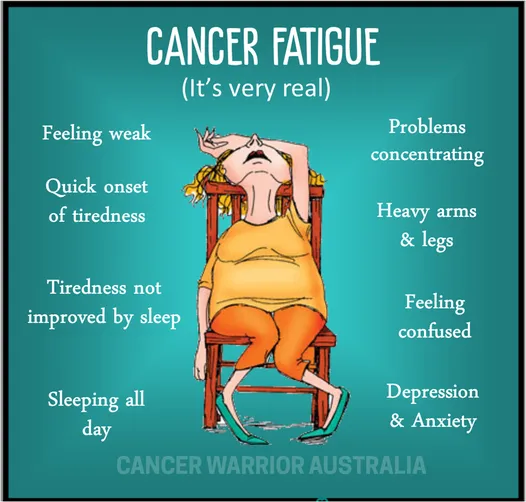
In the last several posts, this author has covered the pathophysiology of cancer, methods of tracking its preferred energy substrates, nutritional interventions to support recovery from cancer, and the potential use of antioxidants during traditional cancer therapies. In the following sections, information will be provided which considers the implementation of exercise as another means of supporting the metabolic, hormonal, and immune system processes which manage said disease, and overall quality of life.
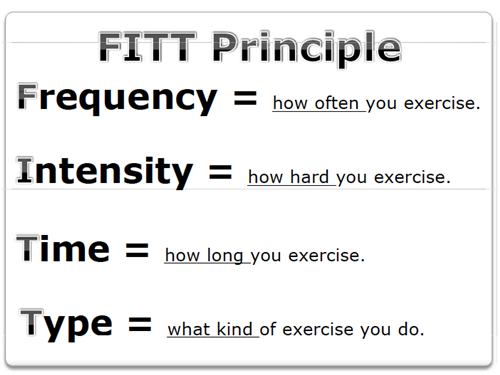
It is generally understood amongst the public that exercise induces a host of beneficial musculoskeletal, cardiovascular, and metabolic effects.1 What might be less widely understood are the effects upon malignant cells and tissues; Haas et al1(17) noted that that appropriately prescribed exercise (i.e., frequency, intensity, time, type) can influence tumors in such a way that benefits the health and homeostasis of the host. As such, the following will consider the same in greater detail to include the direct effects of exercise on cancer cells and its supportive role in traditional therapeutic interventions.
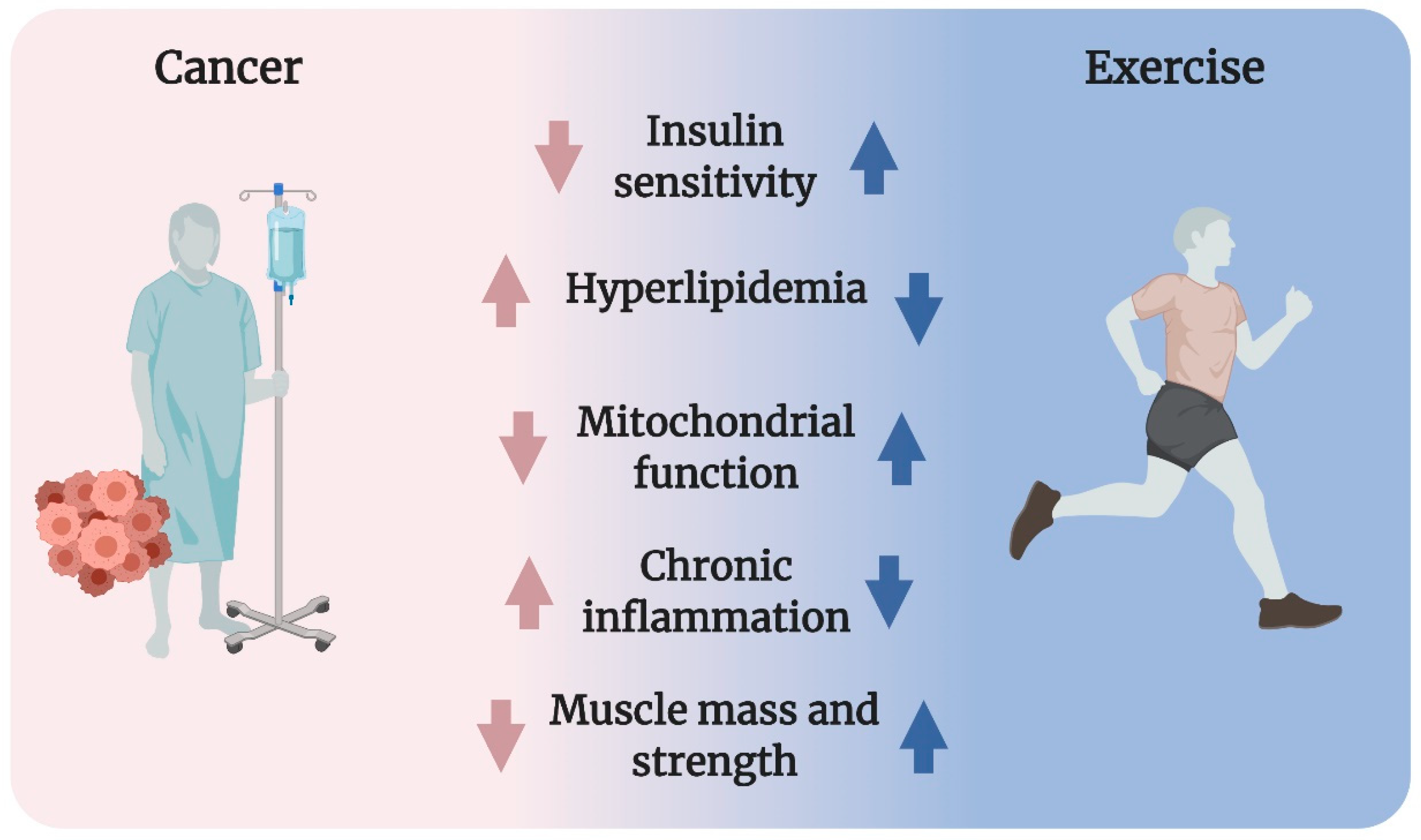
Exercise has the capacity to exert hormonal changes which affects the microenvironment of a cancer cell. Specifically, exercise can help down-regulate the synthesis of estrogen, androgen, and insulin-like growth factor production; elements, which feed the growth of cancer.1(18) Research, from pre-clinical studies, has also demonstrated that exercise induces apoptosis (cell death), DNA damage, and changes in the expression of genes that initiate cell mutation.1(18) Not only can physical activity induce direct changes to the cancer cell; exercise may also support traditional therapies.

Tumors tend to harbor hypoxic cellular conditions; a state, which provides a fertile microenvironment for continued growth and propagation.1(18) However, exercise encourages increased microcirculation by stimulating vascular endothelium growth factor. Such a change has been shown to reduce tumor hypoxia by as much as 50% while increasing blood flow to the same by 200%.1(18) Said change is particularly relevant as it allows easier entry, and increased quantity, of chemotherapy drugs into malignant cells, suggesting a supportive role that exercise can play with traditional cancer interventions.1(18)
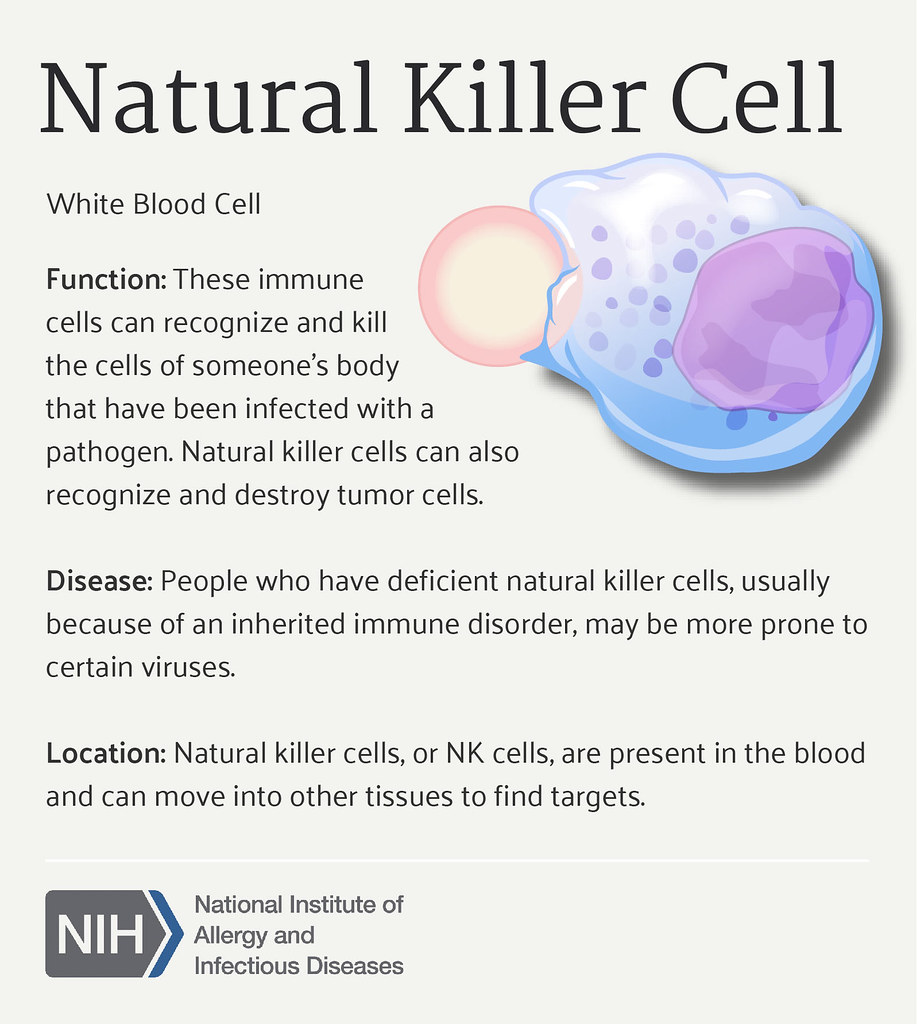
Exercise can also stimulate peptides within skeletal muscle known as myokines; a form of cytokine (cell signaling protein) secreted from muscle that recruits natural killer cells.1(18) Such an event is pertinent because natural killer cells have the ability to inhibit the growth of cancer cells.1(18) Exercise also stimulates and activates an enzyme known as AMP-activated protein kinase; a protein which, like myokines, inhibits the growth of malignant cells. Ultimately, exercise can access and stimulate natural and inborn defenses of the immune system, which can support inhibition of cancer proliferation.
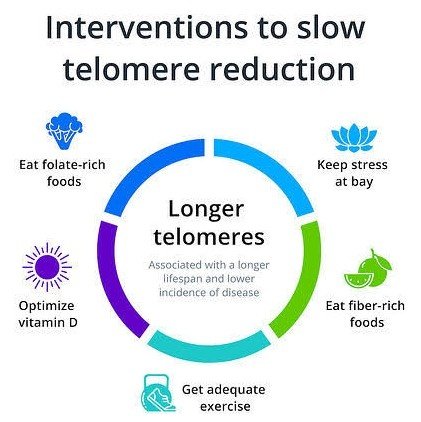
At the extremities of DNA lay telomeres; structures that protect the genome (the sum of an organism’s DNA) from degradation and destruction. When telomeres shorten, it destabilizes the DNA within which can increase the probability of oncogenesis (cancer formation).1(18) Interestingly, exercise has been found to support the preservation of telomeres, thereby reducing the risk of cancer.1(18) Considering the simplicity and low-risk nature of physical activity, and all of the other wide-reaching benefits of the same, the implementation of exercise during, and after, cancer treatment would appear to be worthy of inclusion.
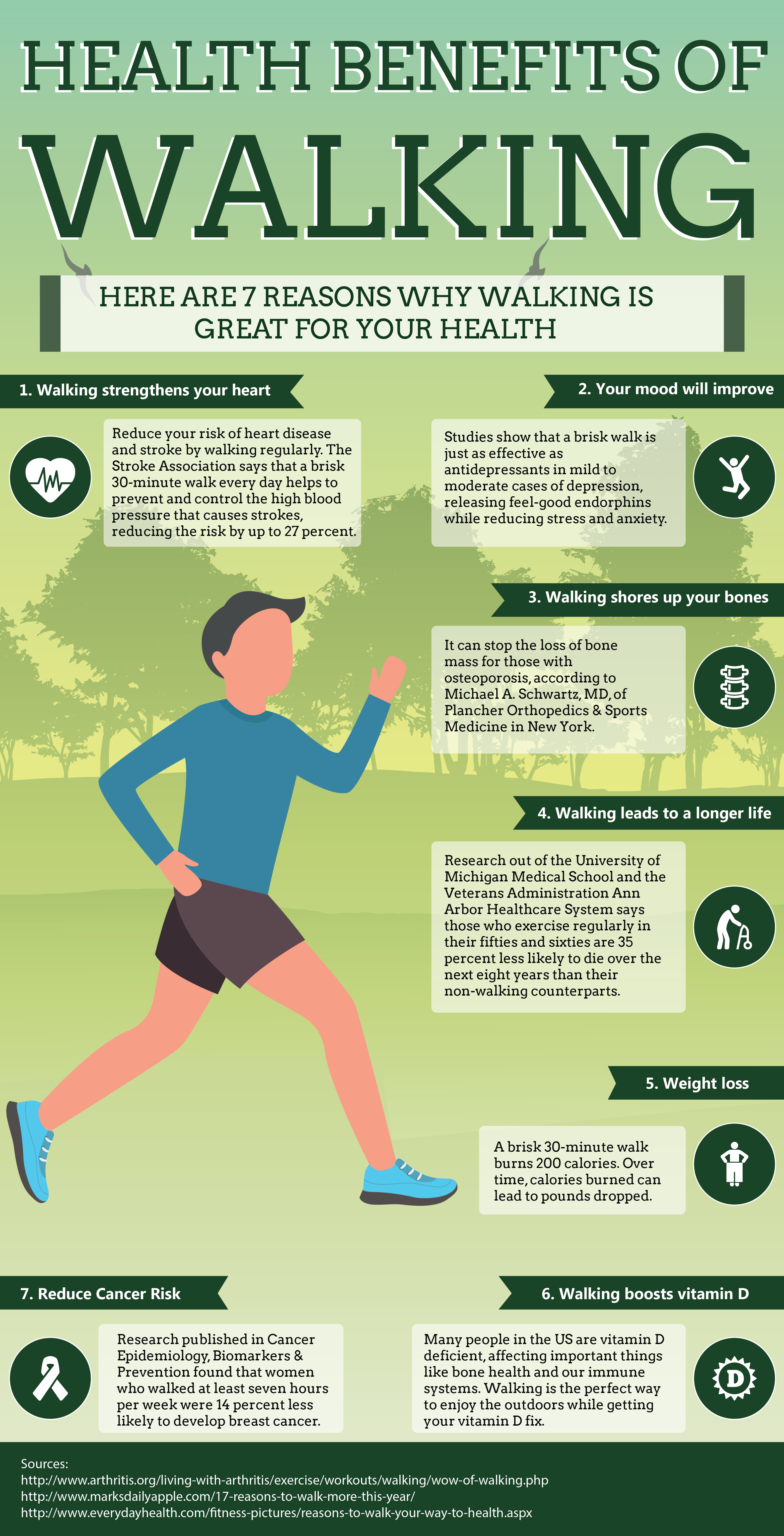
Observational studies cited by Haas et al1(18) suggested that physical/psychosocial function and overall quality of life improved among patients with colon and breast cancer. Furthermore, a 50% increase in survival rate was found amongst said population implementing exercise; 150 minutes per week of brisk walking achieved said favourable changes.1(18)Another study tracking 900 breast cancer patients found that those engaging in 150 minutes/week of moderate exercise had a 67% reduction in all-cause mortality compared to females who remained sedentary. Having considered favorable immune-modulating/survival rate effects of exercise, the following will consider secondary benefits of exercise as it relates to cancer treatment related fatigue.

Haas et al1(18) stated that cancer-related fatigue (CRF) was the most common side effect of cancer treatments. However, an abundance of research has supported significant improvements in CRF with the implementation of consistent exercise.1(18) Furthermore, decrements in muscle mass, strength, bone density, and increases in depression, anxiety, vomiting, and nausea were prevalent symptoms amongst cancer patients.1(18) However, all of the aforementioned side effects of cancer treatments were reduced from the introduction of daily exercise, including reductions in CRF.1(18) Ultimately, such evidence and results from the implementation of exercise are encouraging.

In conclusion, this author has covered the pathophysiology of cancer, methods of tracking its preferred energy substrates, nutritional interventions to support recovery from cancer, and the potential use of antioxidants during traditional cancer therapies. Evidence also supports the implementation of physical activity as a means of stimulating the hormonal, metabolic, and immune systems in a manner that inhibits the proliferation, and survival, of malignant cells. Such findings suggest that appropriately prescribed exercise could serve as a supportive adjunct to traditional medical therapies for the treatment of, and recovery from, cancer.
References
1. Haas BK, Hermanns M, Kimmel G. Incorporating exercise into the cancer treatment paradigm. Clin J Oncol Nurs. 2016;20(6):17-24. doi:10.1188/16.CJON.S2.17-24.
-Michael McIsaac
